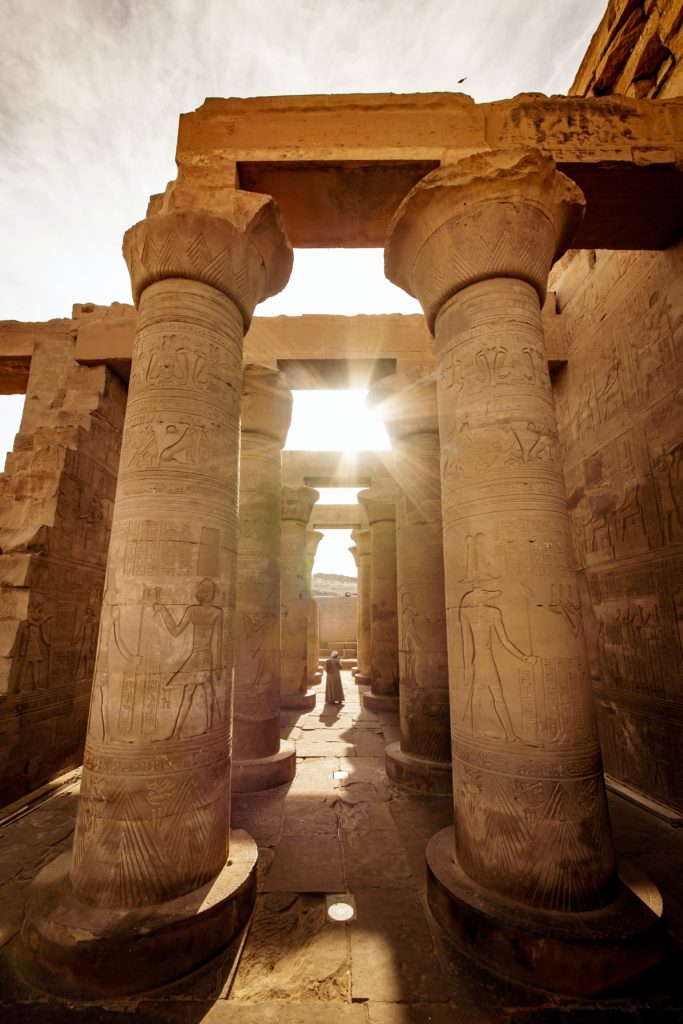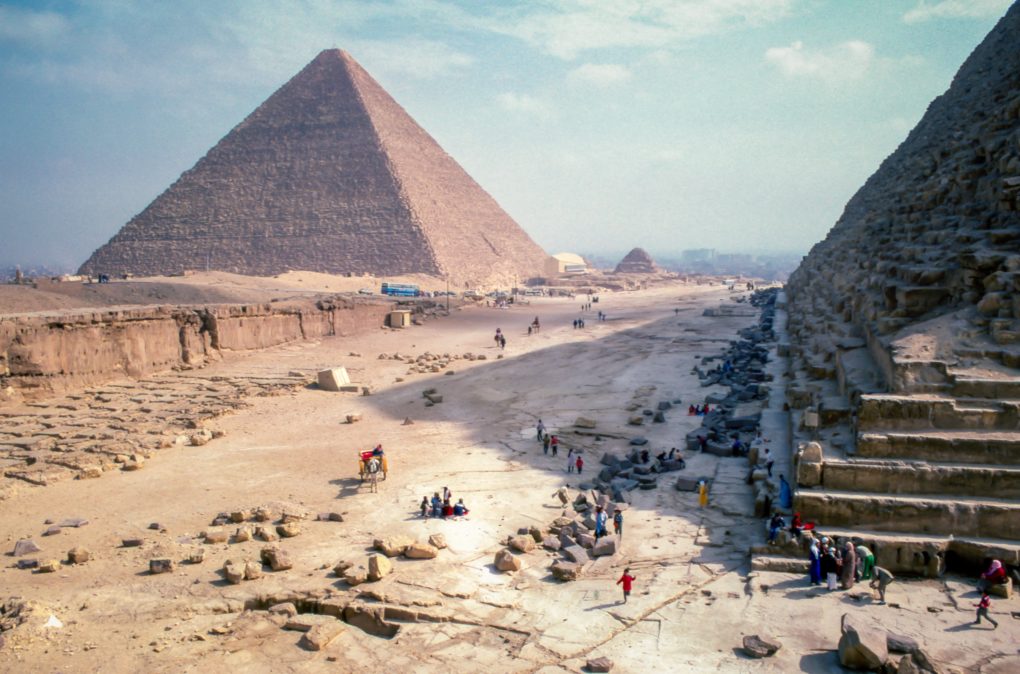This latest discovery in Egypt, made in April, has been coined as the largest unearthing since finding the tomb of King Tutankhamun. Renowned Egyptian Archaeologist Zahi Hawass discovered a vast Ancient Egyptian city of ancient remains near the city of Luxor beneath the sands. The city has been recorded to have existed longer than 3,000 years which makes it the most significant archeology discovery of the past century.
The last major archeological discovery was made in 1922 when over 5,000 artifacts were excavated from the youngest Pharaoh in history within the Valley of the Kings.
//www.instagram.com/embed.js
The lost city, “The Rise of Aten,” has been a strenuous Egyptian archaeology mission for Hawass and his team of excavators. Hawass declared the city to be 3,500 years old and was used frequently by Pharaohs Amenhotep III and Tutankhamun.
The excavation process began in September 2020 and now, Hawass is seeking to learn more about why the ancient city was abandoned. Approximately, 1346 BC, King Tut fled this sanctuary to build the capital city of Amarna and never returned to the lost city of Aten. Excavators and Dr. Zahi Hawass are digging for more findings that will steer them in the direction closer to the truth of why this established community was forgotten.
There were multiple antiques and Egyptian relics discovered including gold jewelry, clay pottery and scarab beetle amulets. The architecture of the ancient city of Aten shows that there was an operating “food preparation area, administrative and residential district, and crafts production facilities.” Hawass exemplified during his announcement that many foreign missions searched for this city but were never successful.

The excavations that took place were large-in-scale, between the temples of Ramses III and Amenhotep III near Luxor. There were searches happening as far as 300 miles away from Cairo and this is where Hawass’ team ended up finding mud bricks preserving an ancient city. The lost city was protected by these formations of clay, so there were walls that were left completely intact and ancient tools that were used for daily activity throughout Ancient Egypt. Several neighborhoods were dug up from this site in the Valley of the Kings and these will help provide a clear glimpse into the wealthiest ages when the Empire reigned in Egypt.
In April, the “Pharaoh’s Golden Parade” took place where the mummified remains of 22 ancient royal leaders in Egypt were transported across Cairo from the historical Egyptian Museum to the new National Museum of Egyptian Civilization. Hawass is hoping to revitalize Egypt’s tourism sector by bringing in more visitors and spotlighting the ancient discoveries and legacy of the country.
